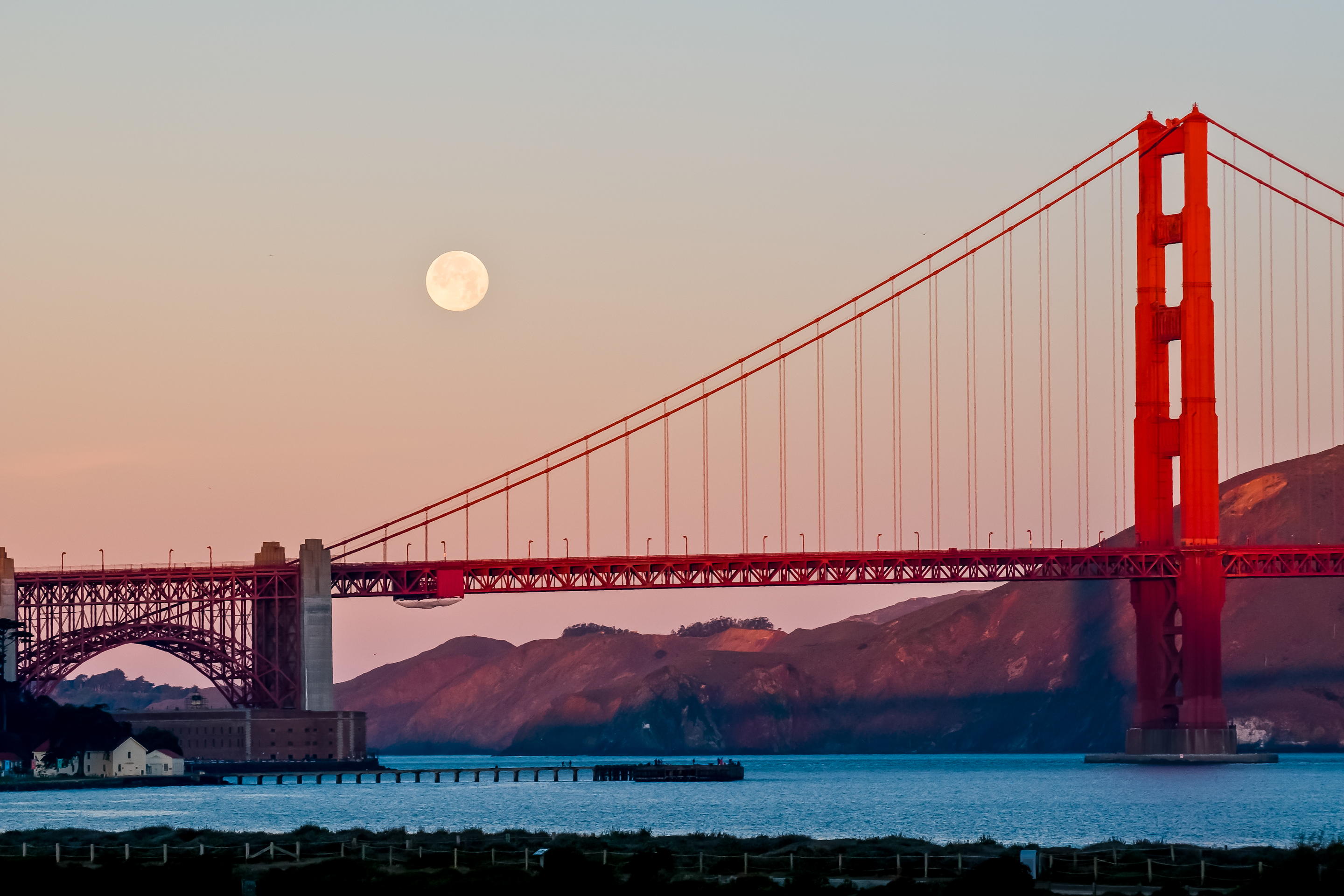US National Parks Set Attendance Record in 2014

America's national parks offer breathtaking scenery and affordable vacations — two of the reasons why record numbers of people enjoyed the parks in 2014, according to the U.S National Park Service (NPS).
A staggering 292.8 million visitors toured a national park, seashore or historic site last year, topping the previous record of 287.2 million visits set in 1987, the NPS announced yesterday (Feb. 17). Attendance in 2014 rocketed upward by 19 million people from 2013, which was a low year for visitors because of the 16-day government shutdown and many park closures due to lingering damage from Superstorm Sandy and the 2011 Virginia earthquake.
For the second year in a row, the most visited place in the national park system was California's Golden Gate National Recreation Area in San Francisco. More than 15 million tourists and locals flocked to this group of historic sites and parks, which includes Alcatraz, Ocean Beach and the Presidio. [See Photos of the Most Loved National Parks]
There are 405 recreational areas within the National Park Service system, and 59 are national parks. The most popular national park, Great Smoky Mountains National Park, was a repeat winner from 2013. But Grand Canyon National Park bumped Delaware Water Gap National Recreation Area out of the top 10 most visited areas in the national park system, and Joshua Tree, Rocky Mountain, Grand Teton and Glacier national parks all set attendance records in 2014.
"With this record visitation, we should see something on the order of $15 billion in visitor spending; 250,000 or more jobs; and a $28 billion effect on the U.S. economy when our annual economics of national parks report comes out in April," National Park Service Director Jonathan Jarvis said in a statement.
Today, President Barack Obama is expected to expand the number of sites by designating three new national monuments. The three sites are Pullman Historic Site in Illinois, the birthplace of the nation's first African American labor union; Honouliuli Internment Camp in Hawaii, the site of a World War II internment camp for Japanese Americans; and Browns Canyon in central Colorado, a stretch of the Arkansas River popular for whitewater rafting and trout fishing.
Although 2014 had the most visitors ever, a few national parks recorded no visitors at all last year. The three parks are all in remote Arctic Alaska, so anyone who braved the backcountry trek to Cape Krusenstern National Monument, Kobuk Valley National Park or the Noatak National Preserve may have simply missed a check-in with park officials, according to the Alaska Dispatch News. Overall, Alaska parks set a new record in 2014, with just under 2.7 million visitors. [See Photos of the Least Visited National Parks ]
Get the world’s most fascinating discoveries delivered straight to your inbox.
Here are the top 10 most visited places in the National Park System in 2014:
- Golden Gate National Recreation Area: 15,004,420 visitors
- Blue Ridge Parkway: 13,941,749
- Great Smoky Mountains National Park: 10,099,276
- George Washington Memorial Parkway: 7,472,150
- Lincoln Memorial: 7,139,072
- Lake Mead National Recreation Area: 6,942,873
- Gateway National Recreation Area: 6,021,713
- Natchez Trace Parkway: 5,846,474
- Chesapeake & Ohio Canal National Historical Park: 5,066,219
- Grand Canyon National Park: 4,756,771
Here are the top 10 most visited sites with the "national park" designation in 2014:
- Great Smoky Mountains National Park: 10,099,276 visitors
- Grand Canyon National Park: 4,756,771
- Yosemite National Park: 3,882,642
- Yellowstone National Park: 3,513,484
- Rocky Mountain National Park: 3,434,751
- Olympic National Park: 3,243,872
- Zion National Park: 3,189,696
- Grand Teton National Park: 2,791,392
- Acadia National Park: 2,563,129
- Glacier National Park: 2,338,528
Follow Becky Oskin @beckyoskin. Follow Live Science @livescience, Facebook & Google+. Originally published on Live Science .



